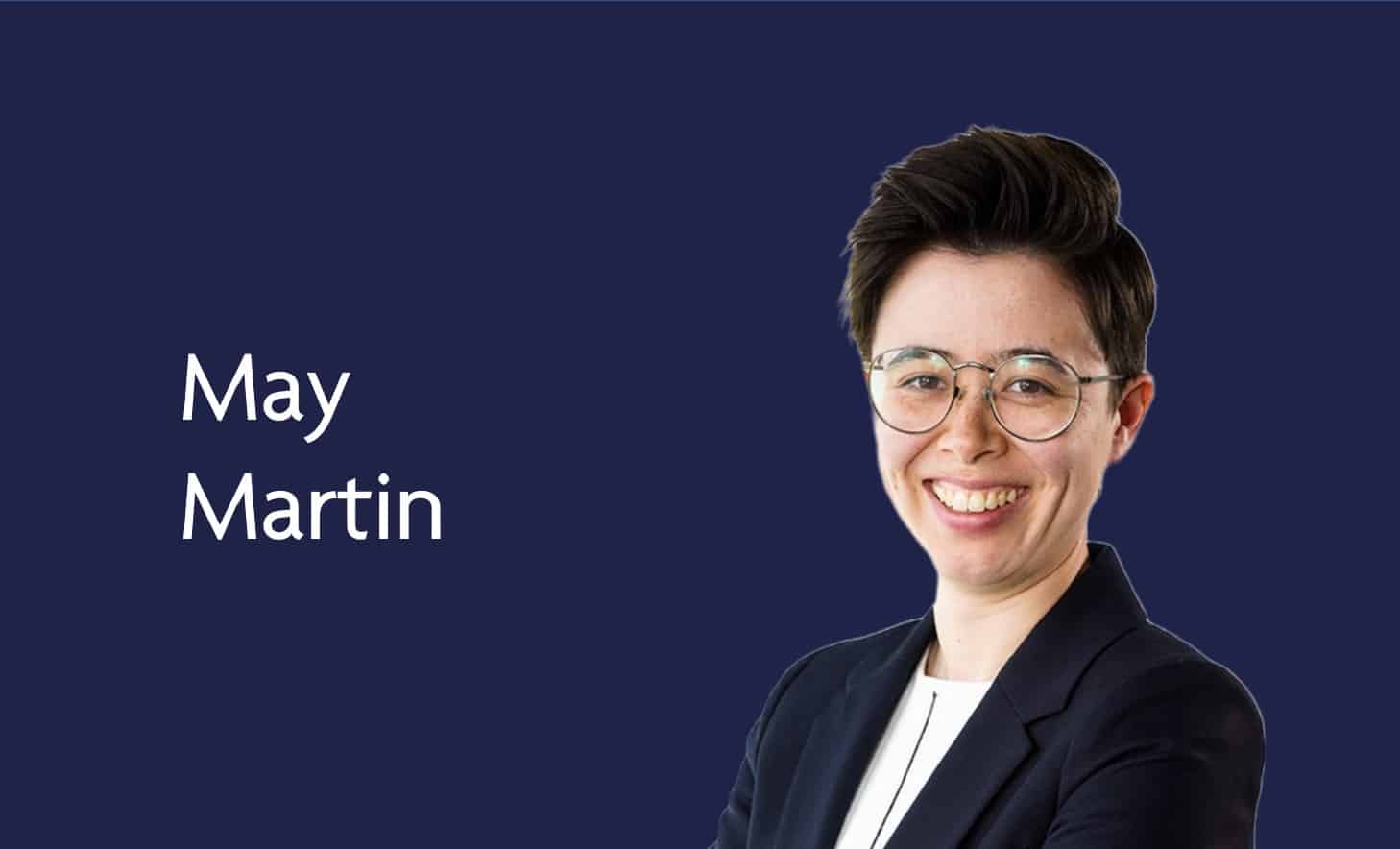Assessing the historic value of a business upon divorce: WM v HM [2017] EWFC 25
![Assessing the historic value of a business upon divorce: WM v HM [2017] EWFC 25](https://www.parklaneplowden.co.uk/app/uploads/2021/09/assessing-the-historic-value-of-a-business-upon-divorce-wm-v-hm-2017-ewfc-25-90.jpg)
One species of ‘non-matrimonial property’ in Financial Remedy proceedings is the value of a business brought into the marriage by one of the parties. If Mostyn’s approach to NMP (see e.g. JL v SL etc) is followed (which in my firm view it should), the NMP must be separated from the matrimonial property. It follows where one party can properly evidence that the ‘value’ of a business brought into the marriage is NMP, one must determine what value to give it at that historic date and thus what portion from the total pot of assets should be ringfenced.
In WM v HM Mostyn J considered the various approaches to determining the historic value of a business. H had established the business (‘XG’) in 1978, which had since grown exponentially to become a very significant business and local employer of 500 staff. It was valued in the proceedings at £221m. H and W commenced cohabitation in 1986 – H argued that the value of the business at 1986 should be excluded from the sharing principle.
The approaches to historic valuations considered by Mosytn J were:
- A black-letter accountancy valuation looking back in time to a specific date;
- An adjustment by reference to the FTSE or other applicable index;
- A discounting approach (i.e. discounting a percentage from the value at present date until the applicable date is reached); or
- A linear time apportionment.
The court accepted each of those methods are subjective and involve hindsight and concepts of ‘fairness overlaid with legal analysis’.
The SJE valued the company in 1986 at £188k-£414k. The FTSE adjustment method would make £1.5m-£3.3m NMP whereas the discounting approach makes £49m NMP and the linear time apportionment makes £44m NMP. Which is the ‘fair’ method to use?
After discounting the first method of a black-letter accountancy valuation as being “arid, abstruse and expensive”, at paragraph 19 Mostyn J demonstrated the effect in graph form of the different methodologies.

At the heart of the decision to use the linear time apportionment method was a desire to reflect “the true potential of this company at the start of the marriage”. Mostyn J justified its use as reflecting the latency of the business at the applicable date and because “value is as much a function of time as it is of work or market forces”. However, he accepted the linear time apportionment is ‘artificial’ and ‘does not reflect reality’ but commends it because it “resonates with fairness”.
Practice Notes:
- It is clear from the judgment there is no single, universally accepted method for determining the historic value of a business.
- The acceptance by Mostyn J that much of the determination relies upon subjective analysis and the concept of fairness must mean there is proper scope to argue for different outcomes depending upon which client is being represented and the nature of the contributions and size of the assets (see also by analogy the Court of Appeal’s decision in Sharp v Sharp [2017] EWCA Civ 408).
- Setting out in a graph the results of the different methodologies has much to commend it – it should be done long before a decision is made as to which methodology is to be argued.
For a copy of the judgment please click here










